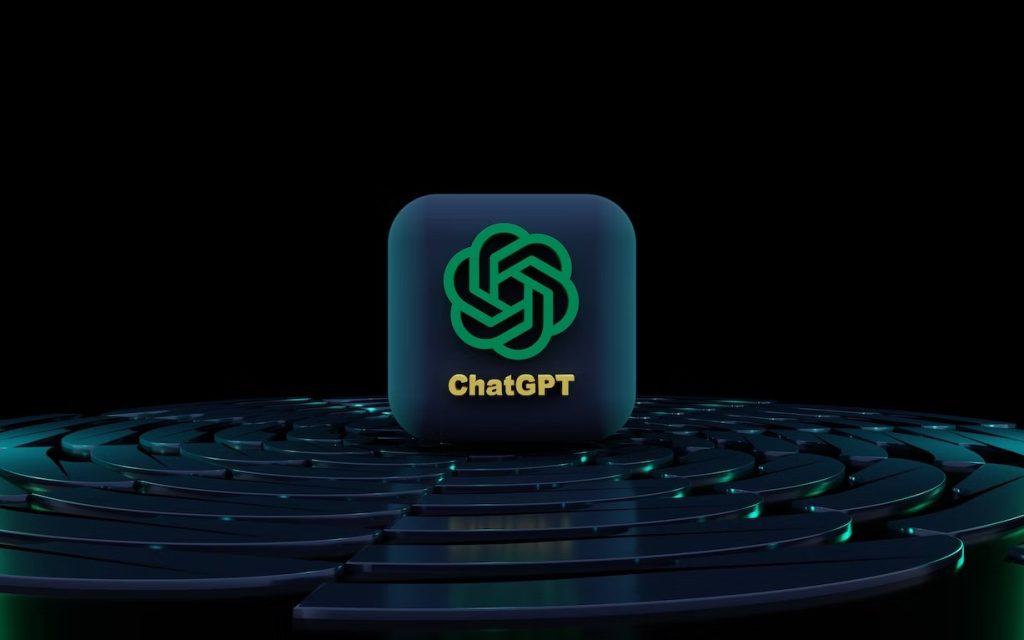Table of Contents
What is ChatGPT? Understanding OpenAI’s Language Model

Introduction
If you’re interested in artificial intelligence and natural language processing, you may have heard of ChatGPT. This cutting-edge technology developed by OpenAI is a chatbot that can hold human-like conversations, answer questions, and more. But what exactly is ChatGPT, and how does it work? In this article, we’ll explore everything you need to know about ChatGPT, from its development to its capabilities.
What is ChatGPT?
ChatGPT is an artificial intelligence chatbot developed by OpenAI, launched in November 2022 [3]. It’s built on top of OpenAI’s GPT-3 family of large language models and has been fine-tuned using both supervised and reinforcement learning techniques [3]. The name “ChatGPT” stands for “Conversational GPT,” where GPT stands for “Generative Pre-trained Transformer.”
How Does ChatGPT Work?
ChatGPT is a language model that uses natural language processing to understand and generate human-like responses to text inputs. It is based on OpenAI’s GPT-3 model, which is one of the most powerful language models currently available.
ChatGPT uses a technique called “unsupervised learning,” which means it can learn from large amounts of data without explicit instruction from humans. This allows ChatGPT to generate responses to text inputs that are natural-sounding and coherent.
Why Does ChatGPT Matter?
ChatGPT is an important breakthrough in natural language processing because it allows humans to communicate with machines in a more intuitive and conversational way. As language models like ChatGPT continue to improve, they will enable new applications in fields like customer service, education, and more.
In addition, ChatGPT is an important step forward in the development of artificial general intelligence (AGI). AGI is a hypothetical form of artificial intelligence that can perform any intellectual task that a human can. While we’re still far from achieving AGI, ChatGPT and other language models like it represent important steps in that direction.
How Can You Use ChatGPT?
If you’re interested in trying out ChatGPT for yourself, you can do so for free at chat.openai.com [2]. You can ask ChatGPT questions, give it prompts to generate text, or just chat with it like you would with a human. It’s a great way to experience the power of natural language processing and get a glimpse of what the future of AI might hold.
Relationship between ChatGPT and Midjourney
Midjourney is a platform that provides various tools and services to help businesses improve their online presence and enhance customer engagement. One of the tools that Midjourney offers is Chat GPT, an artificial intelligence chatbot developed by OpenAI that can have human-like conversations and answer questions.
So, how does Midjourney help Chat GPT? By integrating Chat GPT into their platform, Midjourney enables businesses to provide their customers with an efficient and personalized experience. Chat GPT can be programmed to answer frequently asked questions and provide solutions to common problems, which can save businesses time and resources.
In addition to answering questions, Chat GPT can also be used to generate leads and capture user data. For example, a business can set up Chat GPT to ask users for their contact information or to schedule an appointment. This can help businesses build their customer database and increase their sales revenue.
Moreover, Midjourney’s platform allows businesses to customize Chat GPT’s responses based on their brand’s voice and tone. This ensures that the chatbot’s interactions with customers align with the business’s values and goals.
Overall, by integrating Chat GPT into their platform, Midjourney helps businesses improve their customer engagement and streamline their operations. The chatbot’s ability to provide personalized solutions and generate leads can help businesses save time and resources while increasing their revenue. [1]

Conclusion
ChatGPT is a powerful tool in the field of artificial intelligence and natural language processing. By using unsupervised learning to generate natural-sounding responses to text inputs, ChatGPT represents an important step forward in the development of AGI. If you’re interested in trying out ChatGPT for yourself, head over to chat.openai.com and start chatting with the future.
FAQs
- What does GPT stand for? GPT stands for “Generative Pre-trained Transformer,” which is the type of model used by ChatGPT.
- What is unsupervised learning? Unsupervised learning is a type of machine learning where the algorithm learns to recognize patterns in data without explicit instruction from humans.
- What is the difference between ChatGPT and InstructGPT? ChatGPT is a chatbot that can hold conversations and answer questions, while InstructGPT is trained to follow instructions and provide detailed responses.
- Can ChatGPT be used for customer service? Yes, ChatGPT and other language models like it
References
[1] “ChatGPT is a natural language processing tool driven by AI technology that allows you to have human-like conversations and much more with a chatbot. The language model can answer questions, and…”
URL: https://www.zdnet.com/article/what-is-chatgpt-and-why-does-it-matter-heres-everything-you-need-to-know/
[2] “ChatGPT is a sibling model to InstructGPT, which is trained to follow an instruction in a prompt and provide a detailed response. We are excited to introduce ChatGPT to get users feedback and learn about its strengths and weaknesses. During the research preview, usage of ChatGPT is free. Try it now at chat.openai.com. Samples”
URL: https://openai.com/blog/chatgpt/
[3] “ChatGPT [a] is an artificial intelligence chatbot developed by OpenAI and launched in November 2022. It is built on top of OpenAIs GPT-3 family of large language models and has been fine-tuned (an approach to transfer learning) using both supervised and reinforcement learning techniques.”
URL: https://en.wikipedia.org/wiki/ChatGPT